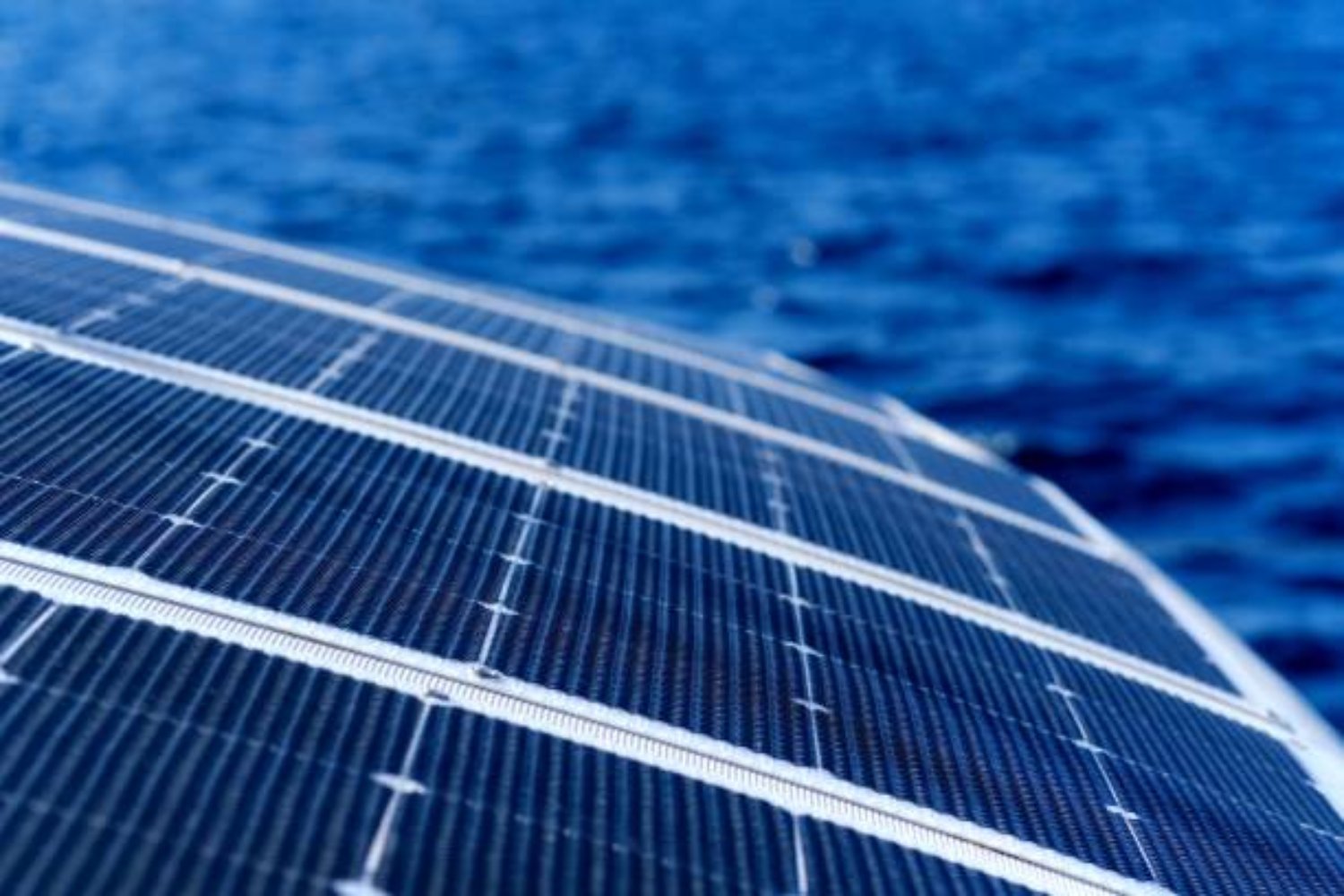“China’s Covert Strategy: Analyzing the Dominance of Their Environmental Projects in the Oceans”

Under the pretext of promoting clean energy, is it just an ecological strategy or is there something more behind this colossal deployment? The truth is that its advancement raises unsettling questions and, at the same time, admiration for its
### A Sea of Panels: China’s Game-Changing Bet

Now extending its tentacles to the oceans through renewable projects that dazzle with their size and innovation. Its excuse is the urgent need for clean energy, a just cause that allows it to deploy titanic infrastructures in strategic territories.
One of the most striking examples is the, which not only produces electricity, but also serves as a breeding ground for aquatic species. This ambitious mixed approach is no coincidence: it allows maximizing the use of every square meter of the sea.
Under the leadership of, the country has achieved the unthinkable:, facing the challenges of nature with advanced technological solutions. From the salinity that corrodes the structures to the accumulation of crystals on the panels, each obstacle has been a stepping stone to perfection.
### The Gigantic Floating Plant that Defies Nature
, just a few kilometers from Dongying, this installation spans over 1200 hectares, an area that rivals entire mountains covered with solar panels. Its generation capacity exceeds 1.7 GWh per year, a figure sufficient to power thousands of homes.
More than 2900 photovoltaic structures float on the sea, supported by steel piles designed to withstand storms and saltwater. Each platform measures 60 meters long and 35 meters wide, forming a network capable of capturing and transforming solar energy efficiently.
doesn’t stop there: it is transported through a sophisticated system that includes high-voltage underwater cables, linking the ocean with land grids without significant energy loss.
### A Vision of the Future: Beyond Clean Energy

. It is part of a broader strategy that seeks to position China as the dominant power in the new global energy order. With encouraging results in its early stages, it is estimated that the plant will reduce coal usage by half a million tons annually, in addition to avoiding the emission of over one million tons of carbon dioxide.
And this is just the beginning., integrating floating technology in other sectors and coasts. Everything seems to indicate that the future of solar energy could be floating in the oceans… and that China knows it very well.
One thing is clear: what is presented as a green bet may also be a of large scale. How far will this plan go? It may not be long before all the seas of the world have a Chinese-branded solar panel.




